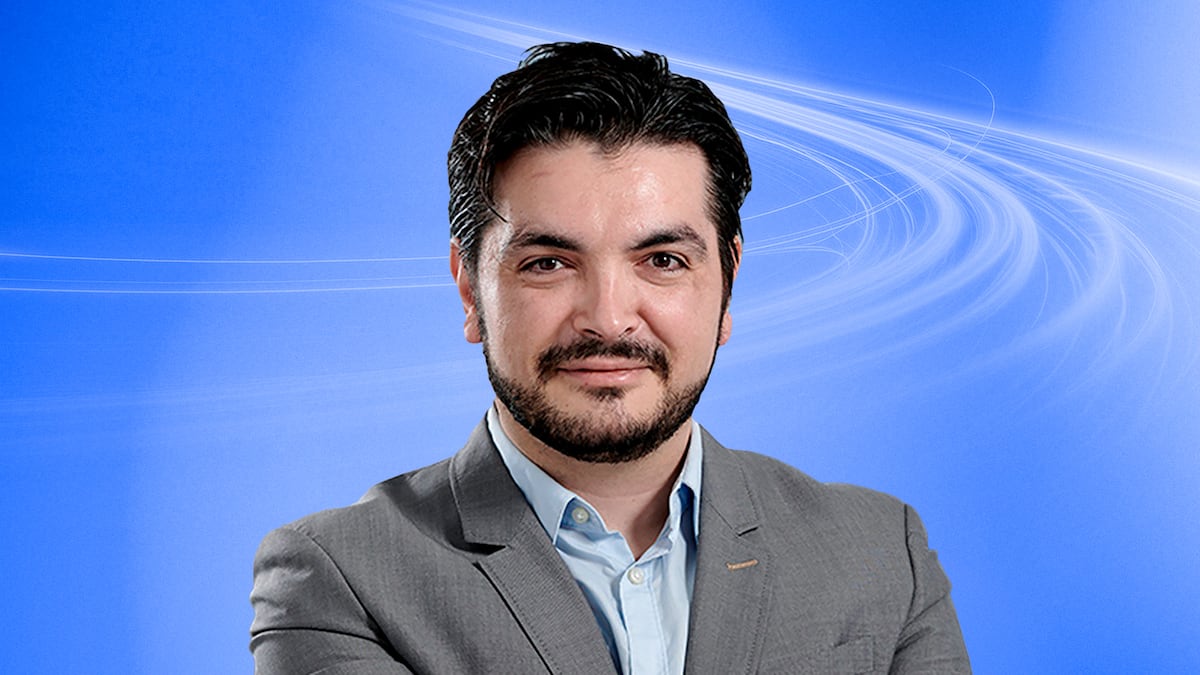Giuseppe Giuliani is Senior Managing Director and Global Head of the Crypto.com Exchange, serving institutional and qualified retail investors with spot trading, staking brokerage, and OTC settlement services. He joined Crypto.com in 2022 from Kraken, where he was Global Head of Institutional Relationships & Services. With a background spanning traditional finance and high-growth startups, Giuliani has held multiple senior roles across both sectors.
What was the main motivation behind launching Crypto.com’s Custody initiative, and how does it fit into the company’s institutional adoption strategy?
Institutions require a secure and compliant solution to facilitate engagement with digital assets. At Crypto.com, we recognised that institutional adoption relies on trust, which is built through custody solutions that meet high security and regulatory standards.
Our institutional-grade custody is a key part of the Crypto.com Exchange. It provides a structured gateway for institutions to access digital assets with confidence and regulatory assurance.
What security and compliance features does Crypto.com’s Custody offer?
Our custody solution has been refined through years of use on our platform. It employs a multi-layered security framework with asset segregation, ensuring client assets are stored in separate vaults with unique addresses for transparency and auditability.
This structure aligns with regulatory safeguards to protect customer assets in case of insolvency.
We have implemented a policy engine with quorum-based workflows and customer-defined rules to prevent unauthorised transactions, alongside multi-party computation (MPC) technology for private key security.
Our systems also maintain rigorous Know Your Customer (KYC) and Anti-Money Laundering (AML) protocols, with continuous monitoring to detect and address potential threats.
Are institutions shifting away from self-custody towards third-party custodians?
Yes, the approach is evolving. Early on, some institutions preferred self-custody for direct control, largely due to a lack of suitable alternatives.
However, as regulatory requirements tighten and cyber threats grow, the advantages of third-party custodians have become clearer. Dedicated custodians, including Crypto.com, provide expertise in security, risk management, and compliance.
Institutions now recognise that outsourcing custody can help mitigate operational risks and align with changing financial regulations.
Who is the target client for Crypto.com Custody — crypto-native firms, traditional finance institutions, or both?
Our clients include both crypto-native firms and traditional financial institutions (TradFi). Crypto-native organisations require secure and scalable custody solutions tailored to their operational needs.
Meanwhile, TradFi players, such as banks, asset managers, hedge funds, and family offices, seek exposure to digital assets while ensuring compliance with regulatory and risk management standards.
Our platform is designed to integrate both sectors, offering an experience that meets institutional requirements.
As tokenisation of real-world assets (RWAs) increases, will Crypto.com Custody support tokenised securities and other regulated assets?
We see tokenisation as an important development in asset management. As more real-world assets, including securities and regulated instruments, become tokenised, our custody platform is adapting to support these asset classes.
Our vision is to create a one-stop solution that safeguards digital assets while embracing the broader spectrum of tokenised real-world assets, providing the same level of security, transparency, and compliance across the board.
How do you see digital asset custody evolving over the next few years?
Custody is shifting from a backend service to a fundamental part of financial infrastructure. As regulatory clarity improves and institutional security requirements increase, custody solutions will be central to bridging traditional finance with digital markets.
Strong custody frameworks will help build investor confidence by ensuring secure and transparent asset management. Additionally, custody services will play a crucial role in integrating blockchain technologies with established financial systems, enabling efficient and compliant digital asset adoption.
Looking ahead, we expect custody to be a key enabler of financial market evolution, supporting secure and compliant operations across both digital and tokenised assets.


